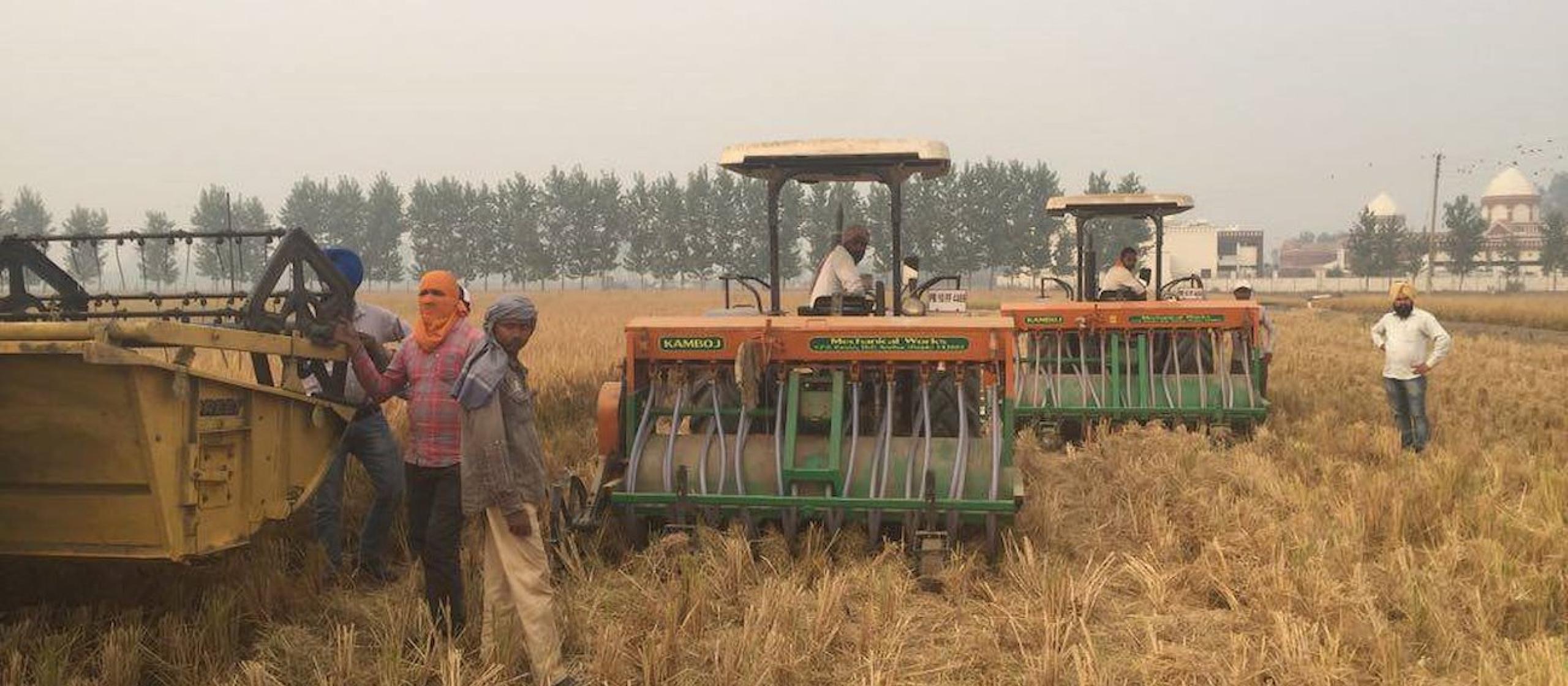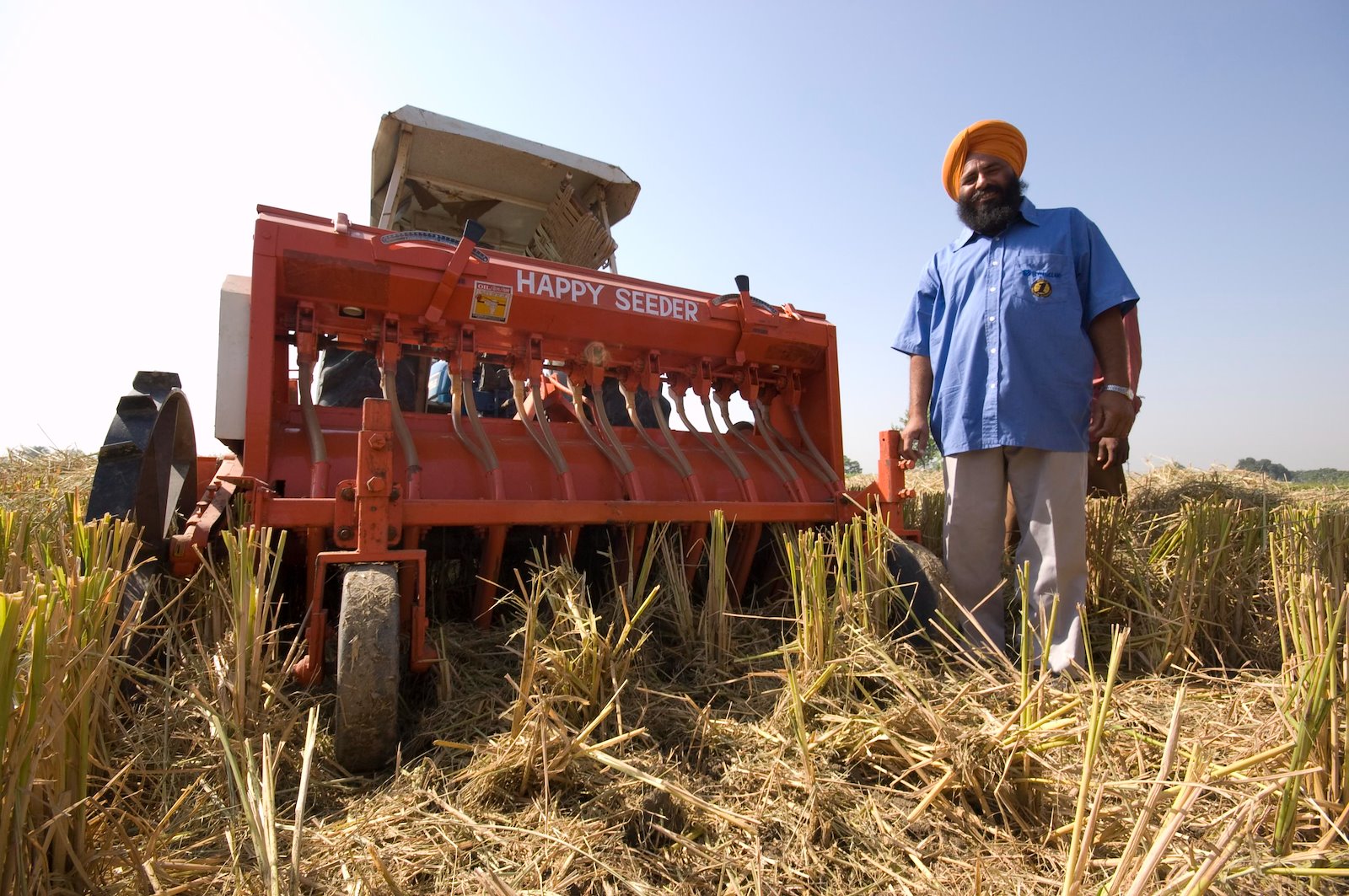- HomeHome
-
About ACIAR
- Our work
- Our people
-
Corporate information
- ACIAR Audit Committee
- Commission for International Agricultural Research
- Policy Advisory Council
- Agency reviews
- Executive remuneration disclosure
- Freedom of information (FOI)
- Gifts and benefits register
- Information publication scheme
- List of new agency files
- Contracts
- Legal services expenditure
- Privacy impact assessment register
- Commonwealth Child Safe Framework
- Benefits to Australia
- Careers
- 40 years of ACIAR
-
What we do
- Programs
- Cross-cutting areas
- Resources
- Where we work
-
Funding
- Research projects
- Fellowships
-
Scholarships
- John Allwright FellowshipScholarships to study in Australia for ACIAR partner country scientists to have Australian postgraduate qualifications
- ACIAR Pacific Agriculture Scholarships and Support and Climate Resilience Program
- Alumni Research Support Facility
- Publications
- News and Outreach
Date released
04 December 2017
Fancy smoking 44 cigarettes a day? The residents of New Delhi don’t have a choice.
Every November, millions of tonnes of rice straw are burnt by farmers across India, Bangladesh and Nepal in an effort to clear their land so they can plant new crops.
The resulting smog impacts the lives of millions—causing serious health and respiratory conditions with decreased visibility resulting in higher road fatalities and disruption to air transport. The World Health Organisation estimates in India alone 65,000 deaths per year are directly attributed to rice crop residue burning.
A little-know invention from an ACIAR project ten years ago offers a solution to the smoke and fire—a small, affordable machine that drills wheat seed through the tough straw, bypassing the need to burn it. The machine—the Happy Seeder—has been used selectively by farmers for almost a decade, with a new project looking at ways ensure a wider uptake of the important technology.
The project, Value chain and policy interventions to accelerate adoption of Happy Seeder zero tillage in rice-wheat farming systems across the Gangetic Plains, is being run by the University of Adelaide's Centre for Global Food and Resources and kicked-off in Chandigarh, India, last week with a workshop hosted by the Indian Council of Agricultural Research and the International Food Policy Research Institute.
The event brought together officials from the central government and states of Punjab and Haryana, including research scientists, extension officials, farmers, and manufacturers of machinery to discuss ways to promote adoption of the Happy Seeder technology.
‘There is a need to identify how the adoption of Happy Seeder and other ZT [zero-tillage] seed drills in this region can be accelerated particularly through custom-hiring services,’ says ACIAR. ‘This project will identify how farmer adoption can be best accelerated across this region (with) the opportunity to share experiences a valuable outcome from this study.’
The project, funded by the Australian Government’s Sustainable Development Investment Portfolio, will run for ten months and hopes to identify the key constraints to the adoption of ZT seed drills. The project will also look at the role women may play to positively influence technology adoption rates.
‘ACIAR investment to develop the Happy Seeder has been an outstanding success,’ says Ms Harinder Sidhu, Australia’s High Commissioner to India. ‘Through this new project, we can work collaboratively with Indian partners to not only ensure better productivity and soil health, but also address the issue of stubble burning.’
The Happy Seeder was originally developed through an ACIAR project headed by Australian Professor John Blackwell, an agricultural engineer at the Charles Sturt University Institute for Land, Water and Society, with CIMMYT playing a key role in ongoing technical advancements.







